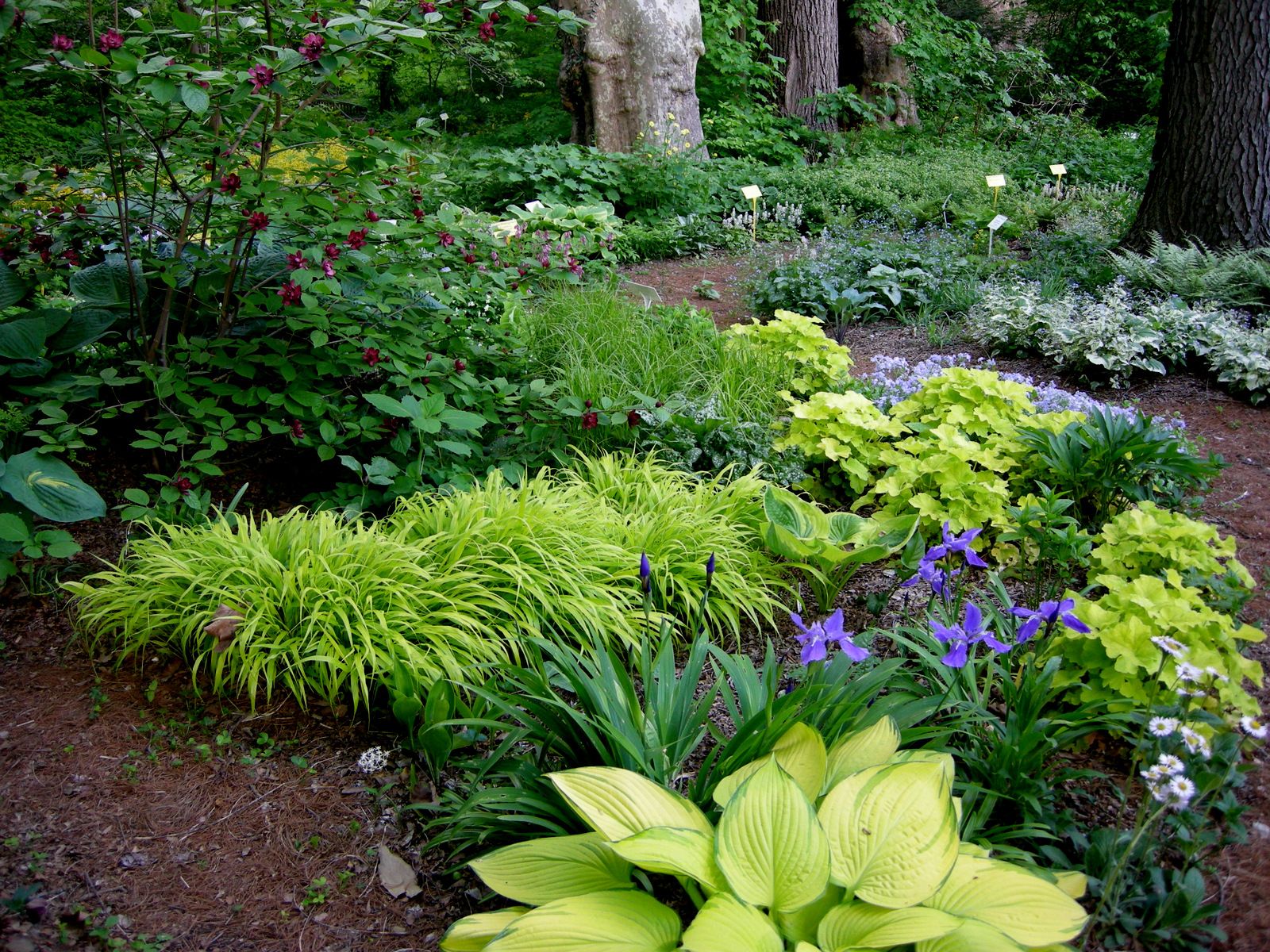Grasses
When selecting drought-tolerant grasses for woodland planting, it's important to choose species that are adapted to the specific conditions of your site. Here are some grasses that are generally known for their drought tolerance and may be suitable for woodland environments:
- Festuca arundinacea (Tall Fescue): Tall fescue is a cool-season grass that is often used for its drought resistance. It forms dense clumps and is well-suited to a variety of soil types.
- Pennisetum setaceum (Fountain Grass): Fountain grass is an ornamental grass with feathery plumes that adds an aesthetic appeal to woodland areas. It is drought-tolerant once established.
- Carex pensylvanica (Pennsylvania Sedge): Pennsylvania sedge is a low-growing, fine-textured grass that is well-adapted to woodland conditions. It's drought-tolerant and can provide ground cover.
- Schizachyrium scoparium (Little Bluestem): Little bluestem is a native grass with a clumping growth habit. It is drought-tolerant and adds visual interest with its reddish-brown fall color.
- Muhlenbergia capillaris (Muhly Grass): Muhly grass is a native grass known for its fine, airy seed heads and tolerance to drought once established. It can add a touch of elegance to woodland plantings.
- Deschampsia cespitosa (Tufted Hairgrass): Tufted hairgrass is a cool-season grass that is well-suited to woodland environments. It is adaptable to a range of soil types and exhibits good drought tolerance.
- Bouteloua gracilis (Blue Grama Grass): Blue grama grass is a warm-season grass with a bunchgrass growth habit. It's known for its drought resistance and is native to North America.
- Panicum virgatum (Switchgrass): Switchgrass is a native warm-season grass that is drought-tolerant once established. It has a clumping growth habit and is often used for soil erosion.
Before selecting any grass species, consider your specific climate, soil conditions, and the amount of sunlight the woodland receives. Native grasses are often well-adapted to local conditions and can provide ecological benefits. It's also important to note that while these grasses are drought-tolerant, they may still benefit from supplemental watering during dry periods, especially when first establishing them.


